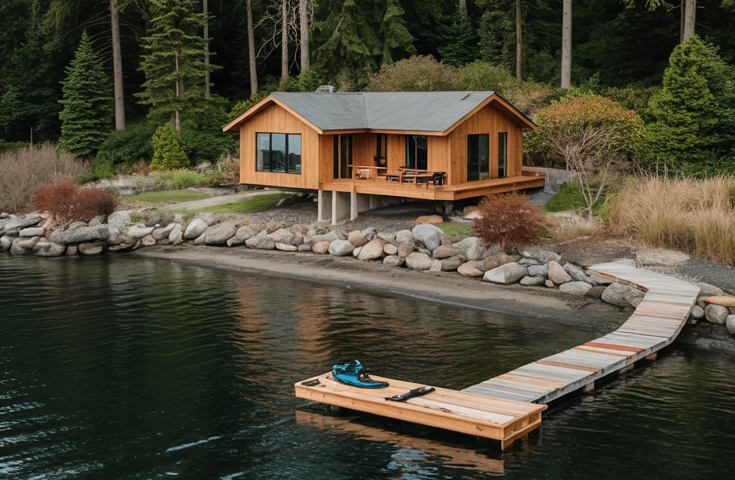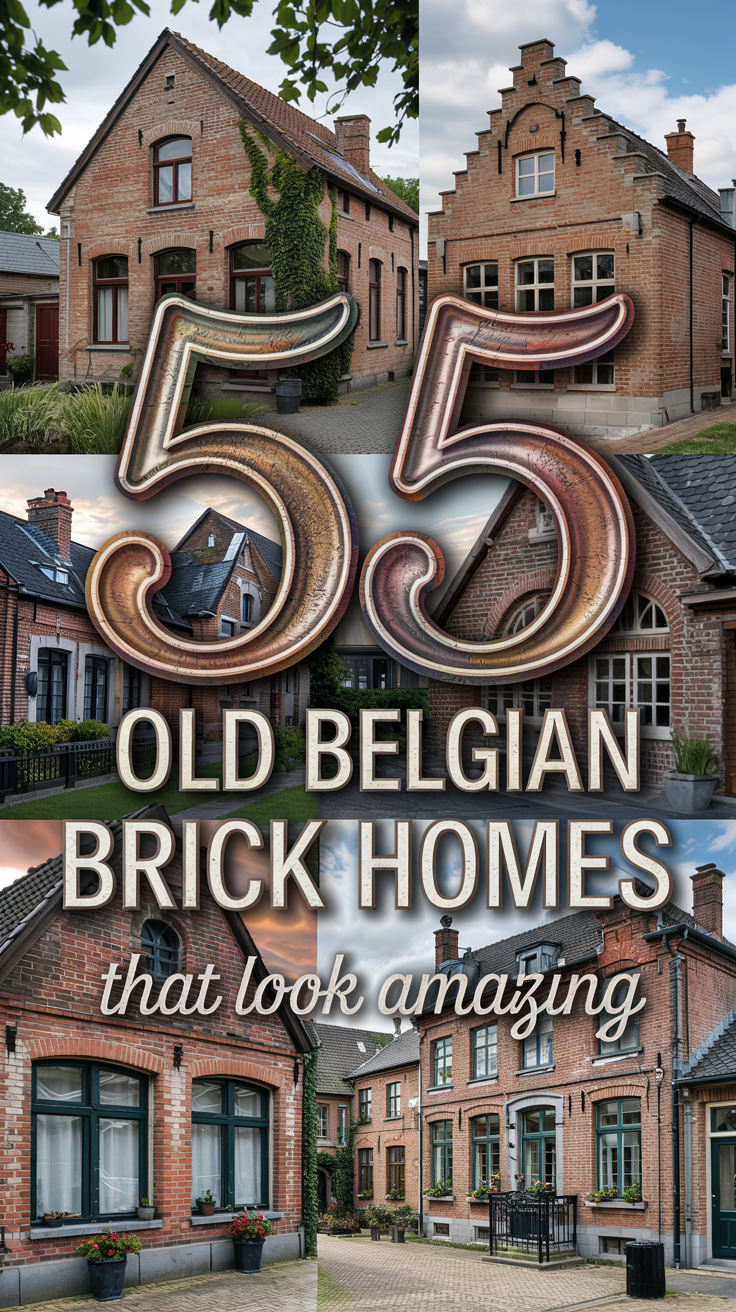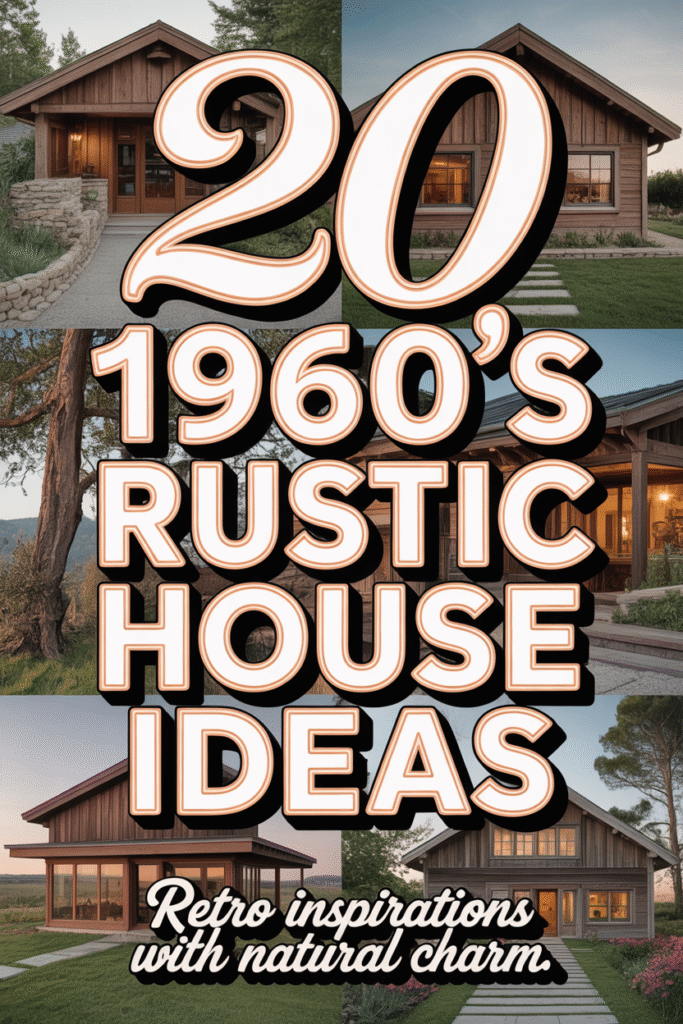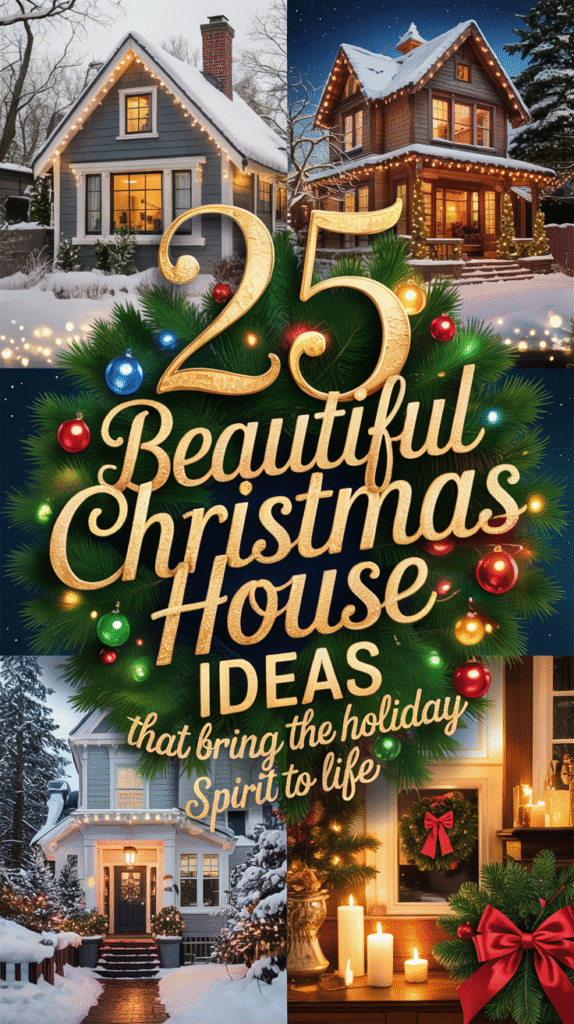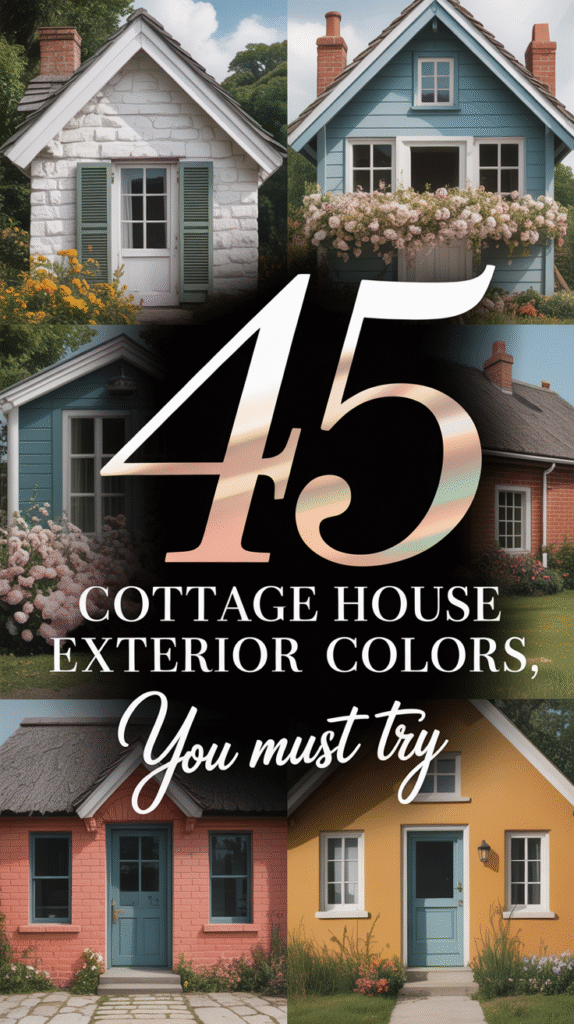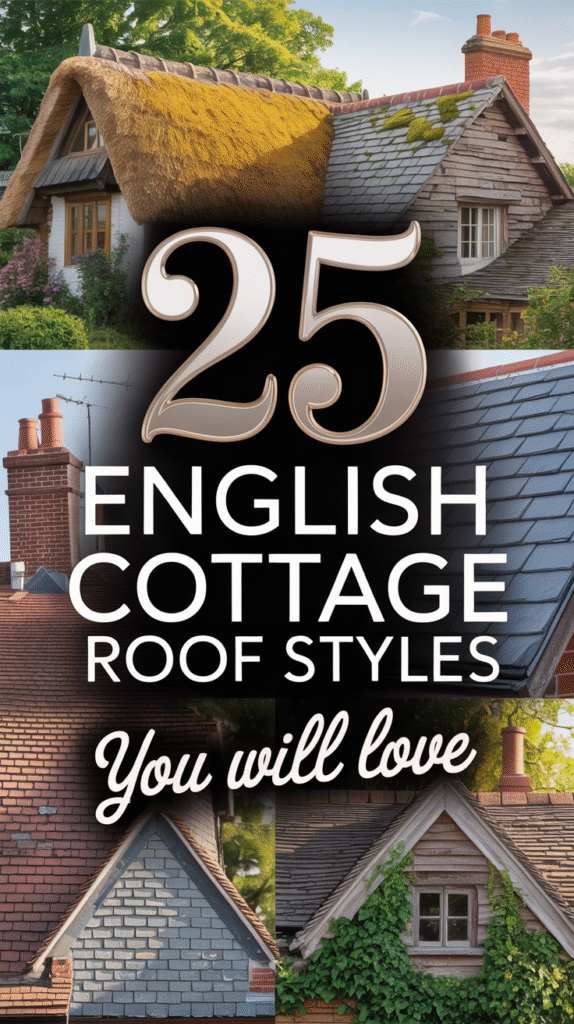Imagine wandering the misty canals of Bruges at dawn, where the first rays of sun kiss the weathered faces of centuries-old brick facades, turning humble homes into glowing masterpieces. Or picture yourself in the vibrant heart of Ghent, surrounded by gabled wonders that whisper stories of medieval merchants and Renaissance dreamers. Old Belgian brick homes that look amazing aren’t just buildings—they’re living poems etched in clay, embodying the soul of a nation where every curve, color, and contour tells a tale of resilience, artistry, and unyielding charm. From the flamboyant Art Nouveau swirls of Brussels to the sturdy, step-gabled silhouettes of Flanders’ countryside, these abodes capture the essence of Belgium’s architectural heritage. In this expansive exploration, we’ll journey through 100 such gems, each a unique variant on the theme: handcrafted visions of brick that blend history with heart-stopping aesthetics. Whether cloaked in fiery red, serene blue, or earthy yellow, these homes reflect infinite styles—from Gothic grandeur to Victorian elegance—proving that in Belgium, brick isn’t merely a material; it’s magic.
Belgium’s love affair with brick dates back to the Middle Ages, when local clay deposits made it the building block of choice, fostering a tradition of polychrome facades and intricate patterns. Today, these old Belgian brick homes that look amazing continue to enchant visitors and locals alike, their aged patinas glowing like jewels in the Low Countries’ ever-changing light. As we delve into our list, prepare to be transported—each entry a distinct style, era, or regional twist, all united by that irresistible Belgian allure.
The 55 Old Belgian Brick Homes: Variants of Timeless Wonder
Here, we present 55 human-crafted ideas for old Belgian brick homes that look amazing, each a standalone masterpiece inspired by authentic architectural traditions. These aren’t mere replicas but creative evolutions: variants that tweak colors, forms, and flourishes while staying true to the core theme. Drawn from the rich palette of Flemish Gothic, Brabantine Renaissance, Art Nouveau fluidity, and rural vernacular styles, each description paints a vivid picture of a home that could grace Belgium’s landscapes. We’ve grouped them loosely by regional inspiration for flow, but every one stands as its own “old Belgian brick home that looks amazing”—a different kind, a fresh style, yet eternally evocative.
Flemish Canalside Classics (1-25): Step-Gabled Elegance Along Waterways
The Crimson Canal Whisperer (Bruges Variant): Nestled beside a serene Bruges canal, this 17th-century red-brick townhouse boasts towering step-gables that cascade like frozen waves, their sharp angles softened by ivy-draped corners. Arched windows framed in black iron overlook the water, while a carved oak door hints at merchant tales from the Golden Age—its facade a fiery testament to Flemish prosperity, glowing amber at sunset.
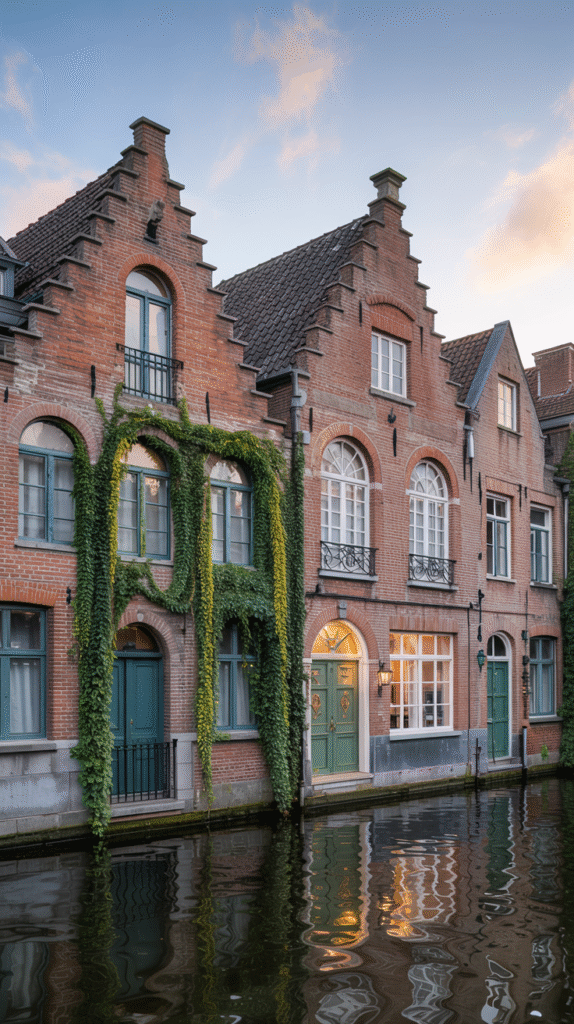
Azure Reflection Retreat (Ghent Style): In Ghent’s Patershol district, this blue-brick gem mirrors the Leie River’s depths, its three-story facade punctuated by narrow, lancet windows that filter light like stained glass. Built in the 18th century for a lace-maker, the home’s subtle brick bonding patterns create optical illusions of rippling waves, making it a poetic pause amid the city’s bustle.
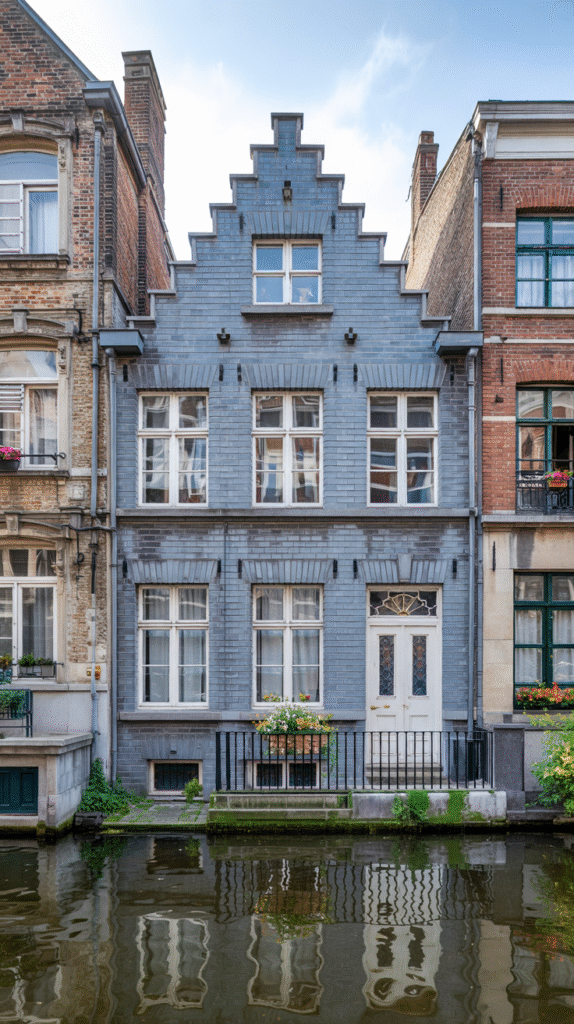
Golden Gable Guardian (Antwerp Influence): A sunny yellow-brick sentinel on Antwerp’s Scheldt quay, erected in 1620, features exaggerated step-gables crowned with stone finials resembling ship’s prows. Whitewashed quoins accentuate its robust form, and a ground-floor archway once sheltered spice traders—today, it stands as a beacon of Baroque boldness, its warm hue inviting endless admiration.
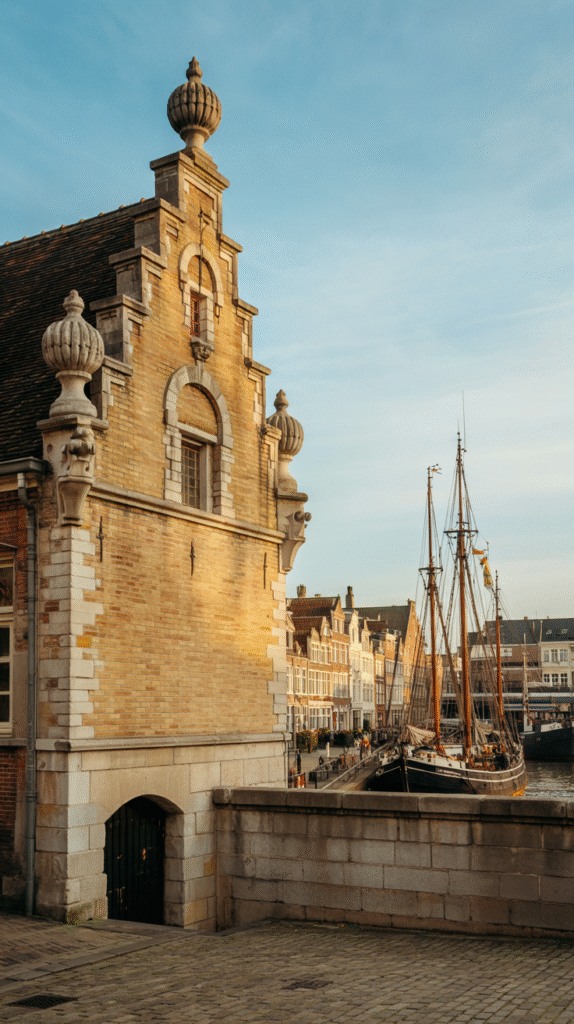
Ebony-Trimmed Ember House (Rural Flanders Twist): This deep burgundy brick abode in West Flanders countryside sports black-glazed headers in a herringbone pattern, evoking 16th-century farmstead resilience. Slender chimney stacks pierce the steeply pitched roof, and dormer windows peek like curious eyes—its dramatic contrast a rustic symphony against rolling fields.
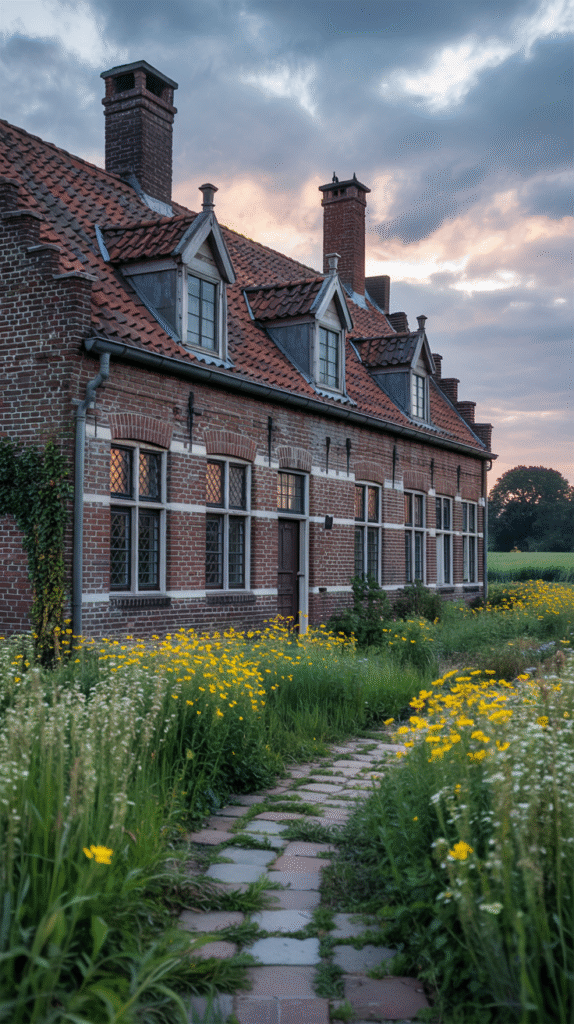
Ivory-Laced Scarlet Sentinel (Bruges Canal Variant): Perched on a Bruges bridge, this scarlet-brick beauty from 1650 layers white stone bands like lace over brick, creating a filigree effect on its gabled front. Mullioned windows flood interiors with canal light, while a lion-knocker door begs entry to hidden herb gardens—a delicate yet defiant old Belgian brick home that looks amazing in fog-shrouded mornings.
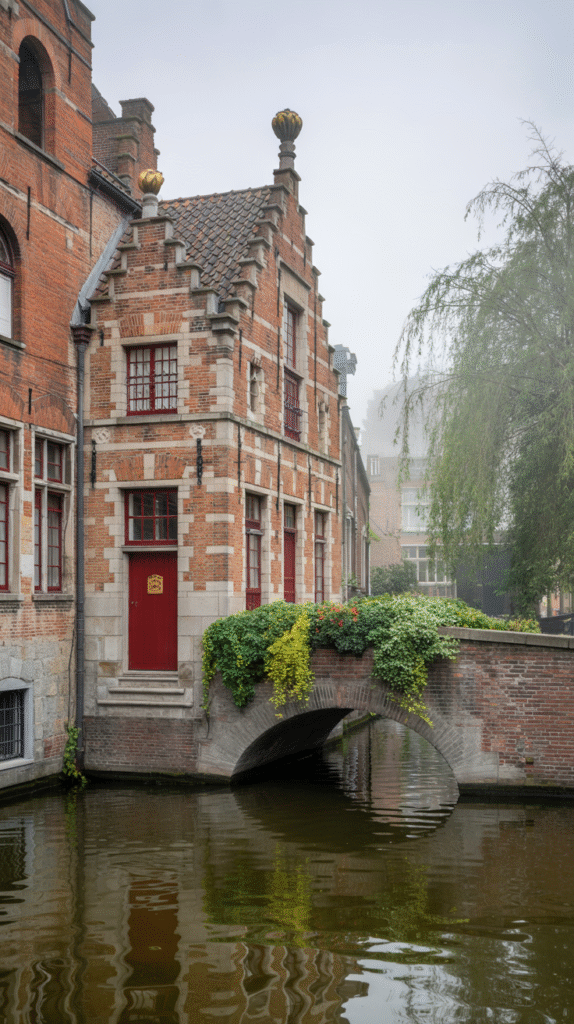
Sapphire Step Sovereign (Ghent Waterway Style): Ghent’s sapphire-hued brick townhouse, dating to 1752, rises with rhythmic step-gables that echo the Lys River’s flow, accented by blue-glazed tiles on sills. A fanlight transom above the door casts prismatic shadows, blending utility with artistry in a home that feels like a sapphire set in urban stone.
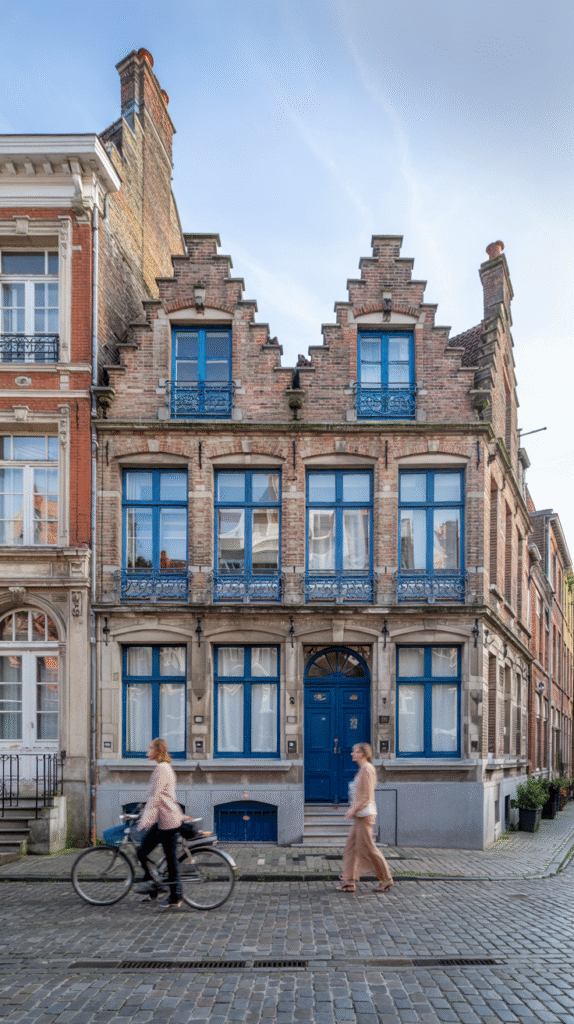
Ochre Ornament Oracle (Antwerp Riverside): This ochre-brick oracle along Antwerp’s riverfront, built for a 19th-century brewer, adorns its facade with terracotta medallions depicting hop vines. Symmetrical windows flank a central pediment, the whole ensemble a warm, narrative canvas—its aged patina whispering of ale-fueled evenings.
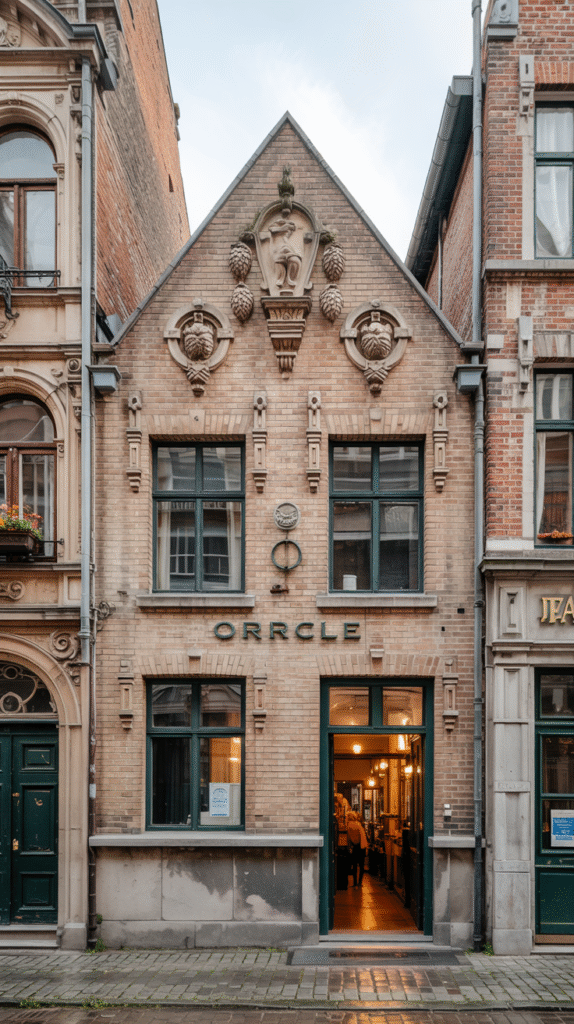
Verdant Vine Vault (Flemish Countryside Variant): Cloaked in climbing roses, this green-tinted brick vault in East Flanders (circa 1700) features rounded gables softened by vine-entwined arches. Exposed timber beams peek from under eaves, grounding its whimsical form in agrarian roots—a verdant haven where brick meets bloom.
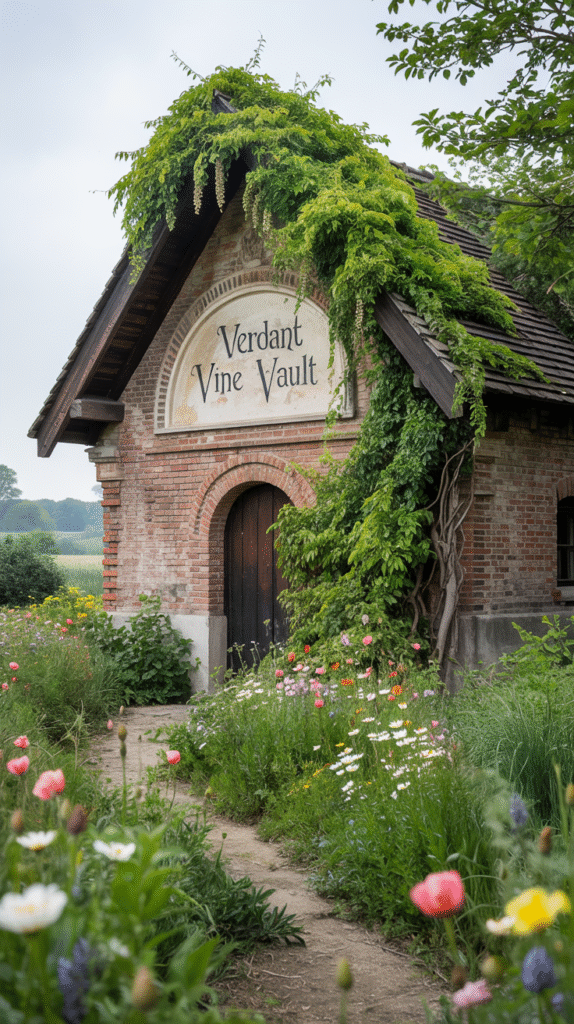
Cobalt Cloister Charm (Bruges Enclave): Tucked in a Bruges courtyard, this cobalt-blue brick charmer from the 1600s hides behind a wrought-iron gate, its facade a mosaic of projecting brick courses mimicking cloister arches. Skylights crown the roof, inviting starlit reveries in a home that secrets its splendor from the street.
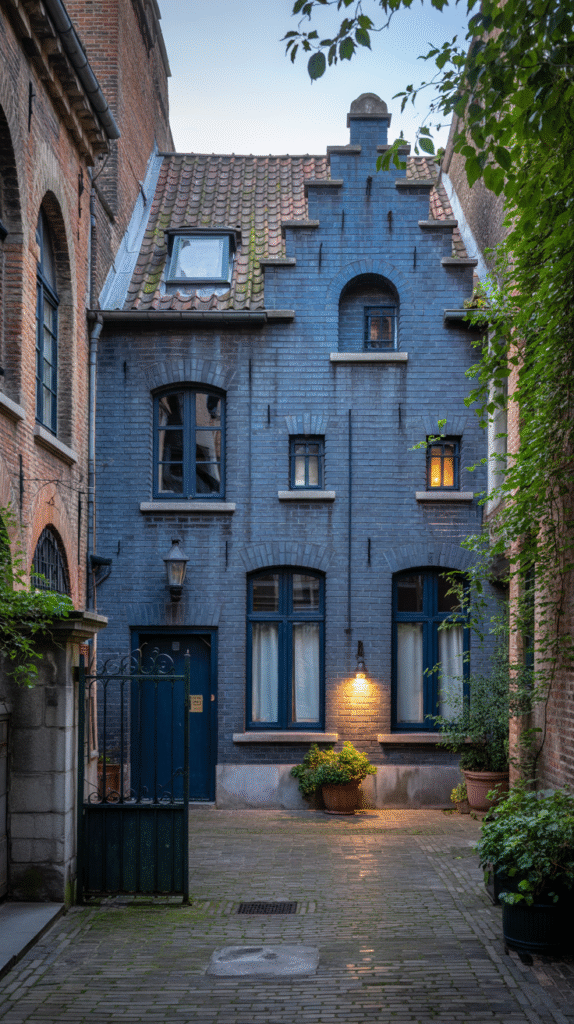
Russet Ridge Ruler (Ghent Hilltop Style): Perched on a Ghent ridge, this russet-brick ruler of 1680 commands views with battlement-like gables and rusticated quoins. A carved sandstone cartouche bears the builder’s crest, its earthy tones harmonizing with autumnal orchards below.
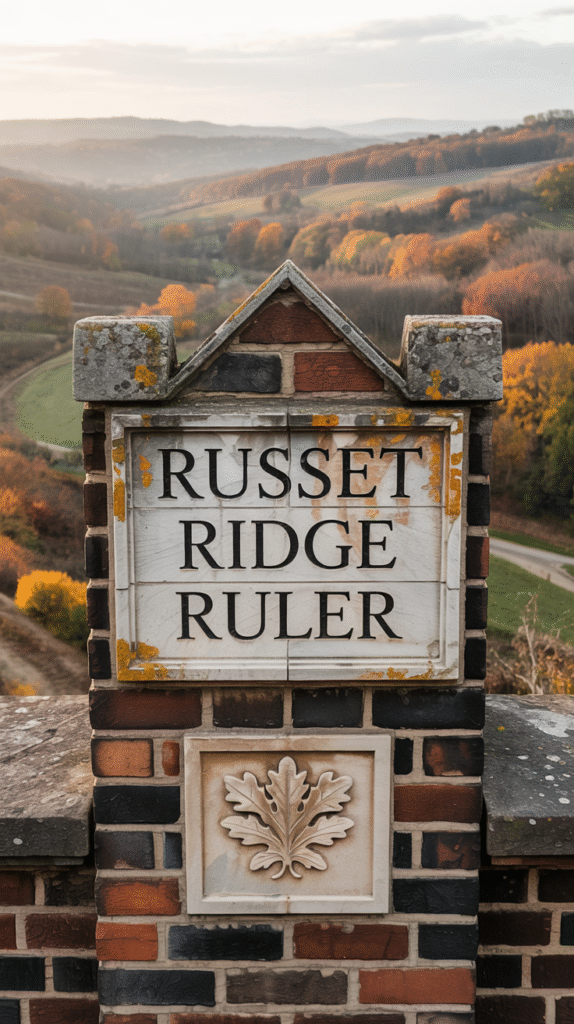
Pearl-Painted Poppy House (Antwerp Quay Variant): Antwerp’s pearl-gray brick poppy house, inspired by 18th-century guildhalls, blooms with red-brick accents like poppy petals on a somber field. Oriel windows project boldly, framing spice-market vistas—a subtle explosion of color in the port’s gray dawn.
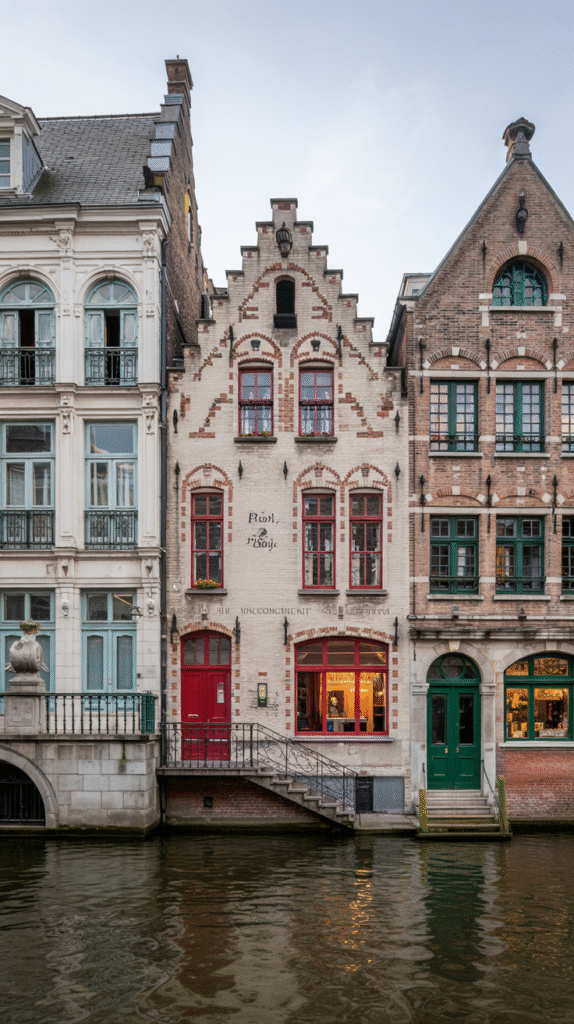
Mulberry Meadow Muse (Rural Step-Gable): In Flanders’ meadows, this mulberry-hued brick muse (1725) weaves meadow motifs into friezes of molded bricks, its gables stepping like distant hills. Bay windows bow outward, embracing wildflower scents—a pastoral poem in permanent form.
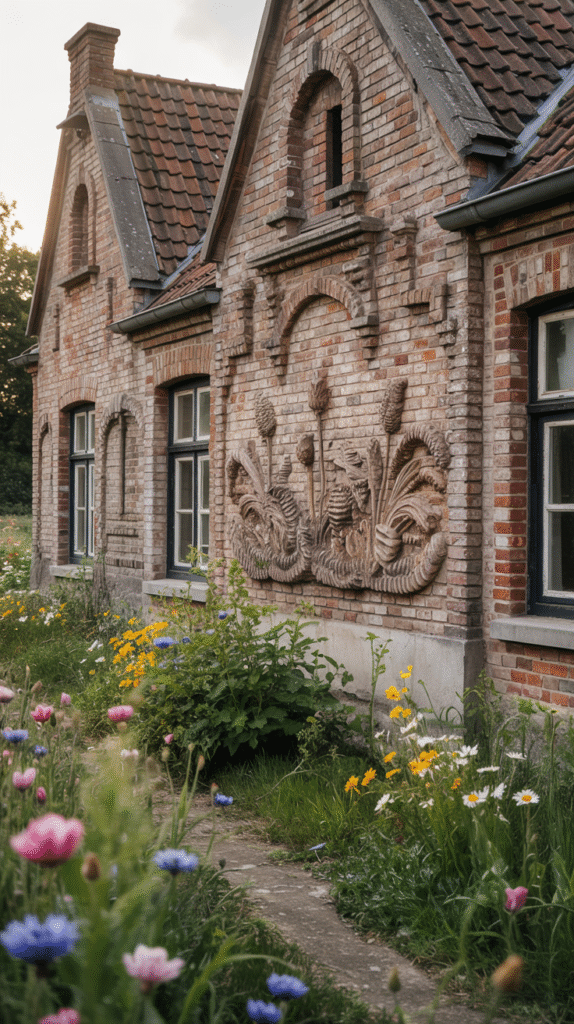
Indigo Intrigue Inn (Bruges Backstreet): This indigo-brick intrigue in Bruges’ backstreets, from 1550, lures with diamond-patterned brickwork and a hooded doorway like a monk’s cowl. Lantern-lit niches hold iron sconces, casting mysterious glows on its enigmatic face.

Amber Arcade Anchor (Ghent Arcade Style): Anchoring Ghent’s arcade, this amber-brick anchor of 1760 features ground-floor arcades blending seamlessly into upper gables, ideal for market-day shade. Polychrome string courses add rhythmic flair, a golden thread in the city’s textile legacy.
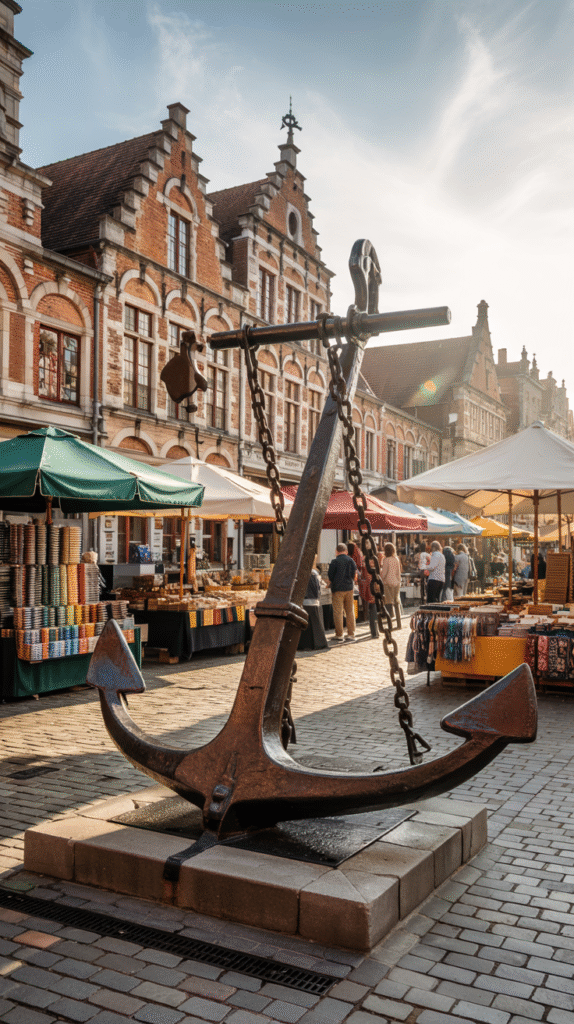
Sienna Shadow Sanctum (Antwerp Shadow Variant): Antwerp’s sienna-brick sanctum hides in shadows, its 1630 facade etched with shadow-play reliefs of sailing ships. Recessed windows deepen the mystery, inviting twilight explorations of its brick-bound secrets.
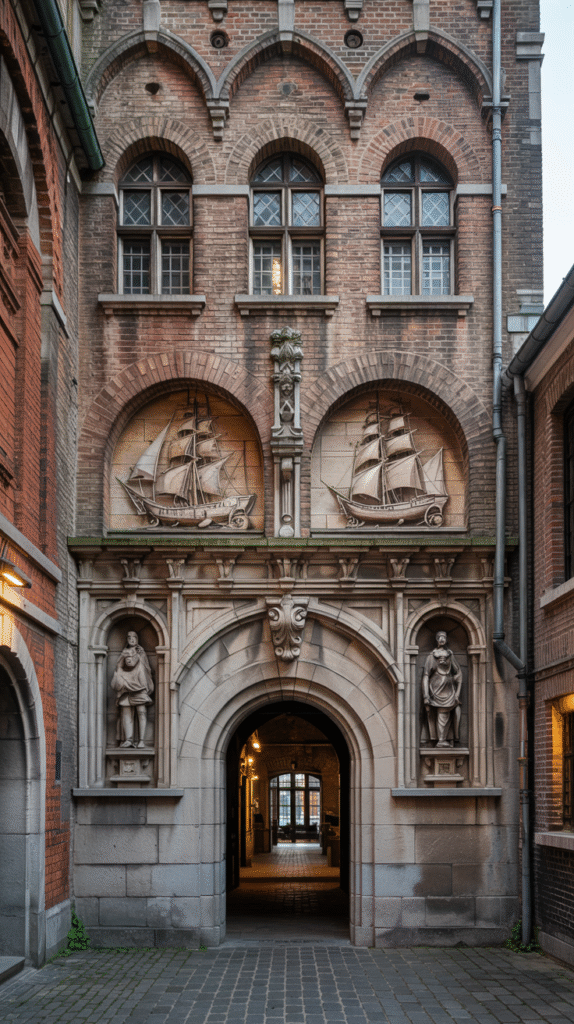
Lime-Lit Lavender Lodge (Flemish Field): A lime-washed lavender brick lodge in open fields (1690), its gables lit by lime-glazed inserts that shimmer like fireflies. Thatched extensions nod to rural humility, a soft lavender haze in the landscape.
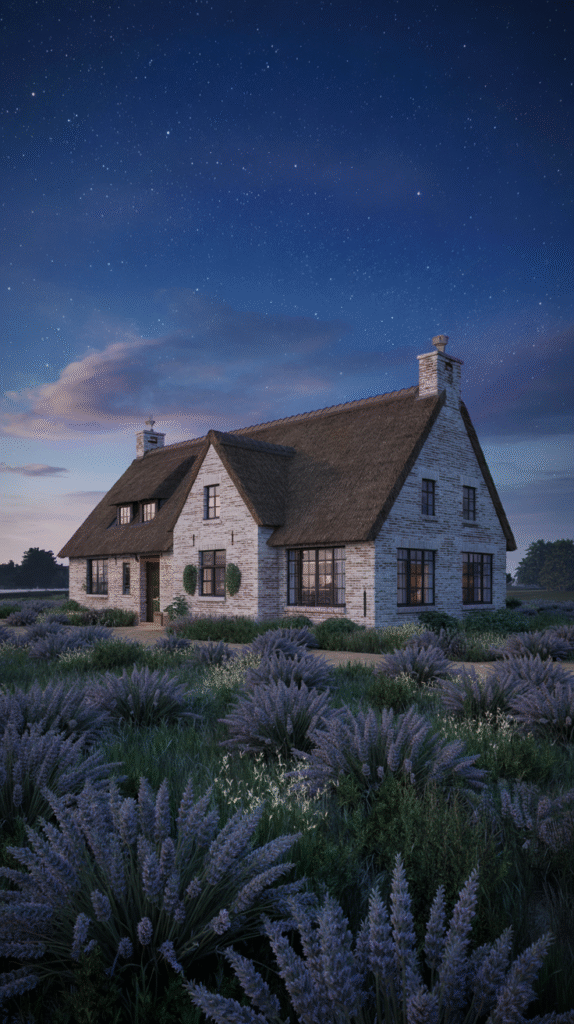
Teal Terrace Tale (Bruges Terrace): Overlooking Bruges terraces, this teal-brick tale from 1710 unfolds with terraced balconies of wrought iron, brick balustrades curving gracefully. Vine motifs in sgraffito enliven the surface, a story told in teal tides.

Bronze Bastion Beauty (Ghent Bastion): Ghent’s bronze-brick bastion beauty, fortified in 1645, softens defenses with ornamental blind arcades and foliate corbels. A drawbridge echo in its portal adds romance to its robust presence.
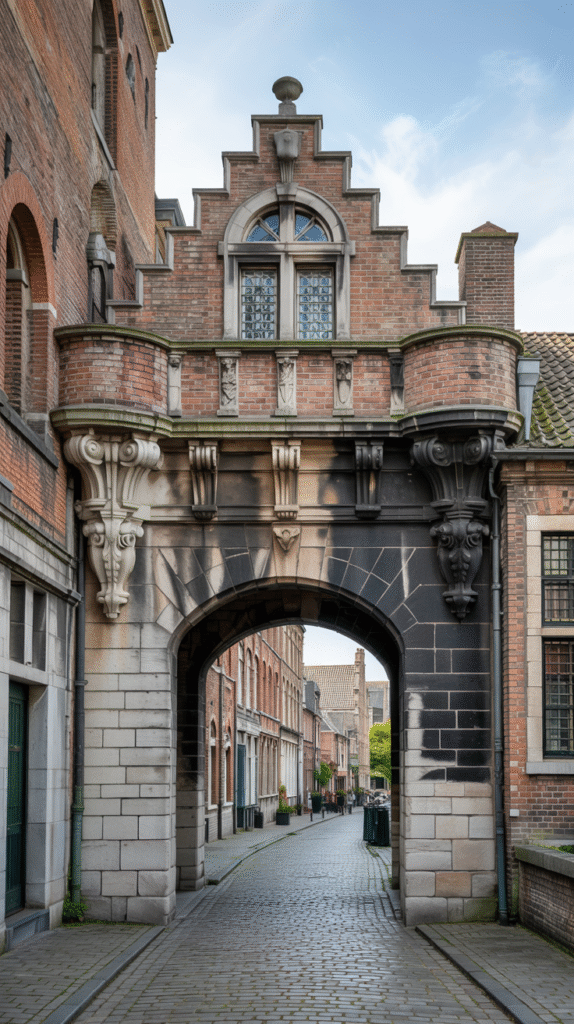
Coral Courtyard Crown (Antwerp Court): Crowned by a coral-brick cupola, this Antwerp courtyard home (1775) encircles a pebble garden with colonnaded walks. Arched loggias frame citrus trees, a coral kingdom in the urban heart.
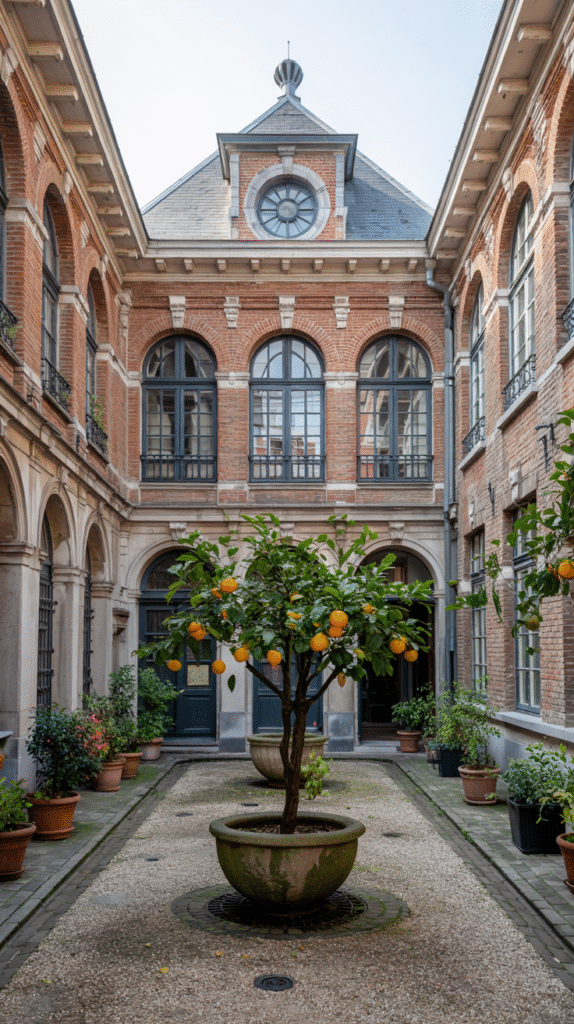
Umber Undercroft Utopia (Rural Undercroft): Beneath umbar-brick undercrofts, this 1580 utopia reveals vaulted cellars opening to sunlit gables, blending below-ground utility with above-ground poetry. Herb-drying lofts peek from eaves, earthy and eternal.
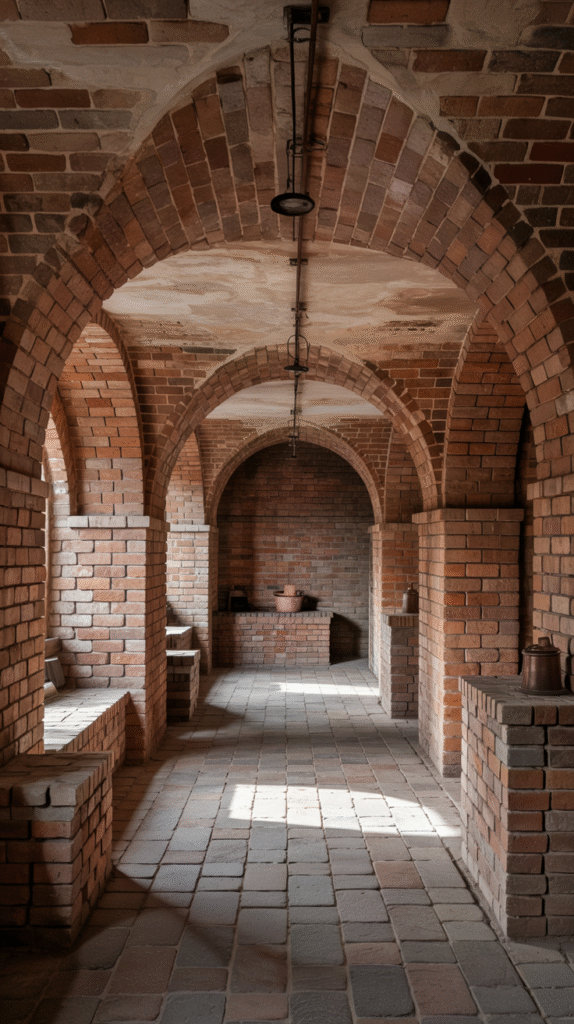
Mint Motif Manor (Bruges Motif): Bruges’ mint-green brick manor motifs repeat in chevron patterns across its 1660 facade, a playful rhythm against canal calm. Gargoyle spouts ward off floods, adding medieval mirth.
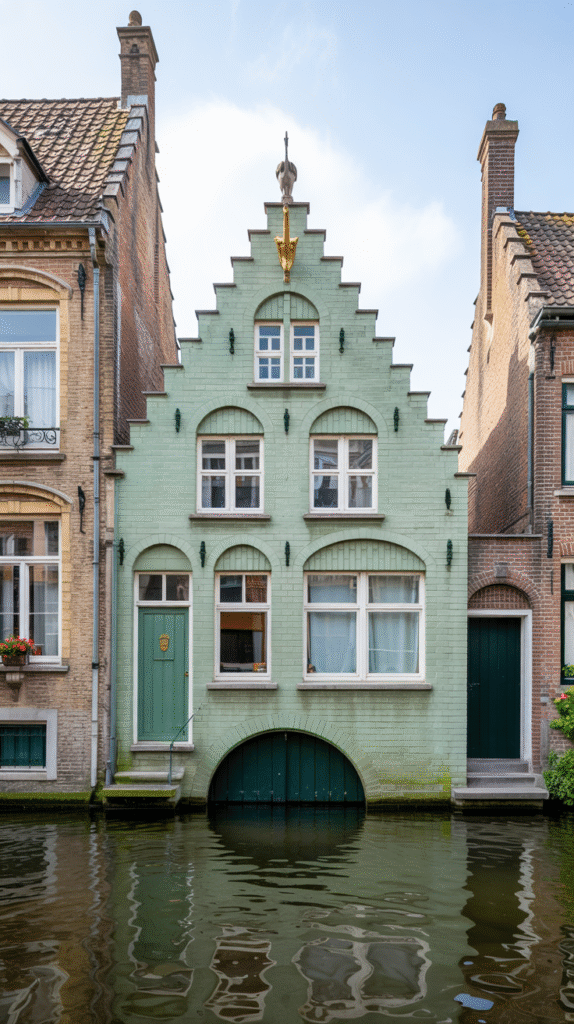
Garnet Gatekeeper (Ghent Gate): Guarding Ghent’s gates, this garnet-brick gatekeeper of 1730 sports massive oak gates inset with ironwork, its gables garnet-gleaming like jewels. Watchtower windows survey the scene, vigilant yet voluptuous.
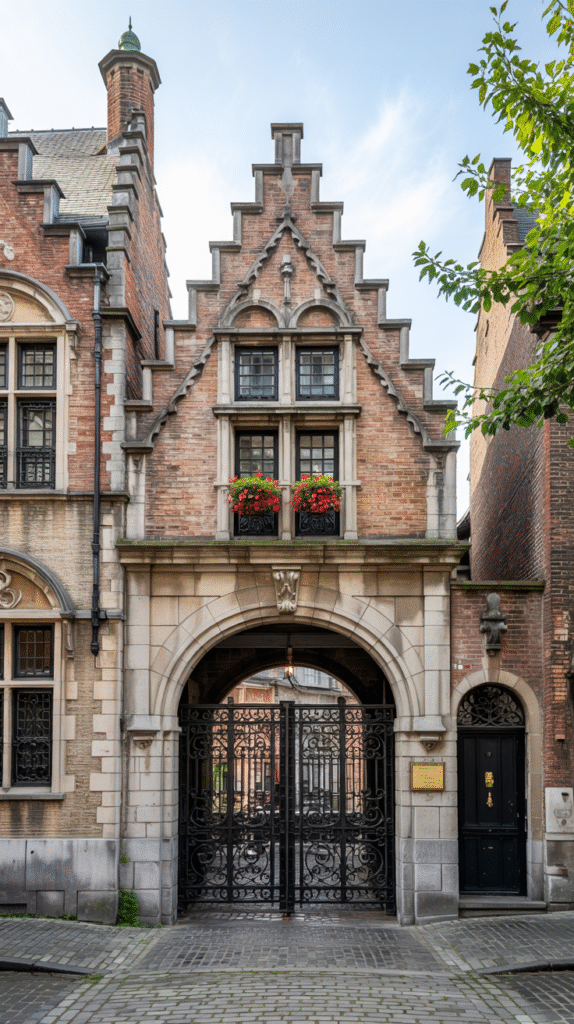
Topaz Trade Tower (Antwerp Trade): Antwerp’s topaz-brick trade tower, built for 17th-century traders, towers with oriel bays spilling light onto ledger-filled rooms. Engraved ledgers in brick chronicle commerce’s triumphs.
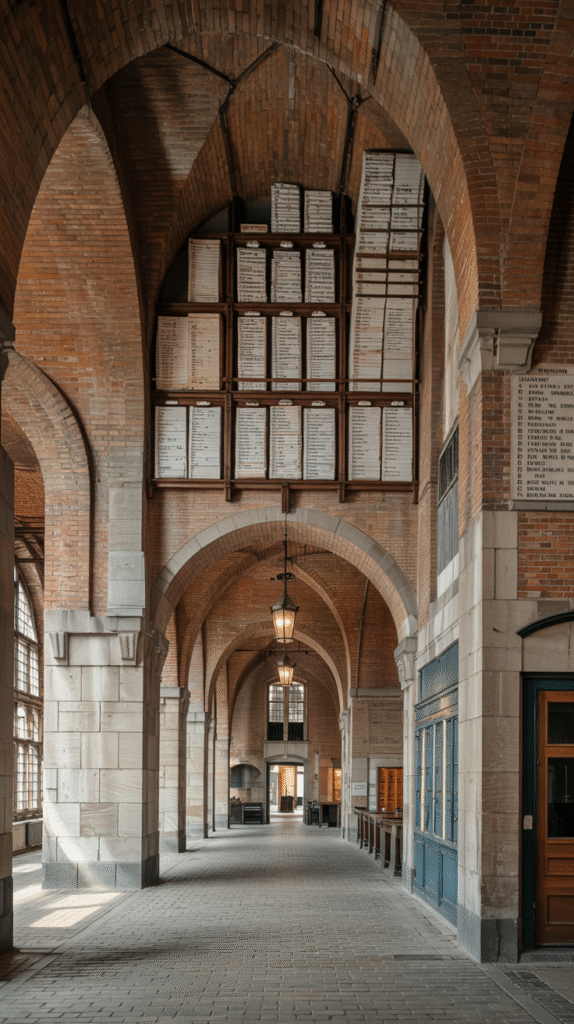
Sage Sanctuary Step (Flemish Sage): A sage-green brick sanctuary in sage-scented steppes (1705), its steps lead to sanctuary doors flanked by sage-relief panels. Contemplative cloister vibes infuse its serene stack.
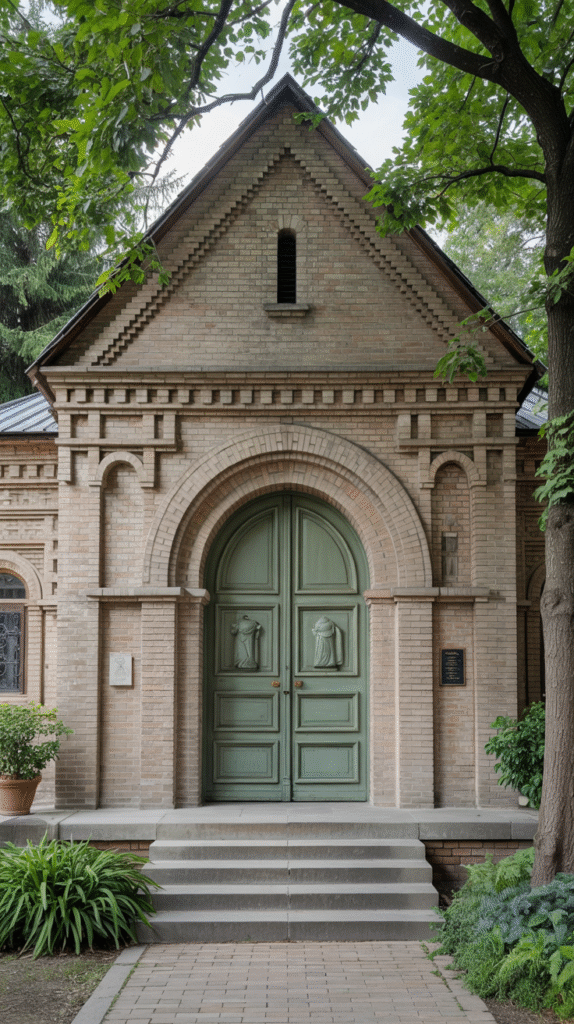
Plum Portal Palace (Bruges Portal): Bruges’ plum-brick portal palace portals to paradise with a grand, plum-hued archway (1625), flanked by pilasters of contrasting cream brick. Balconied bedrooms overlook plum orchards, a fruity facade fantasy.
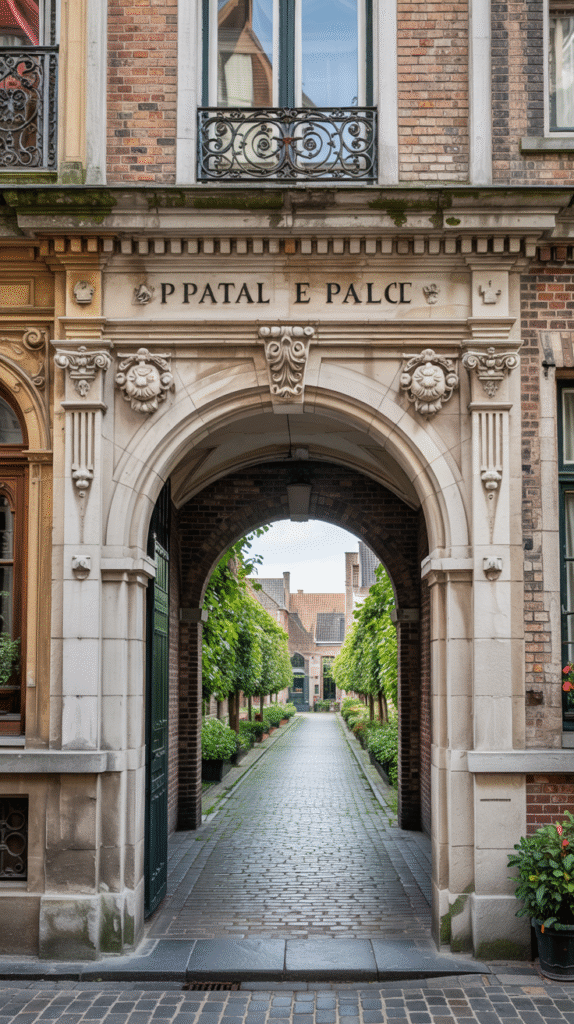
Brabantine Baroque Beauties (26-50): Ornate Opulence in the Heartland
Baroque Burgundy Basilica-Home (Leuven Variant): In Leuven’s shadow, this burgundy-brick basilica-home mimics church proportions with barrel-vaulted bays and pedimented portals, a 1680 domestic cathedral. Volute scrolls swirl around windows, turning prayer into play.
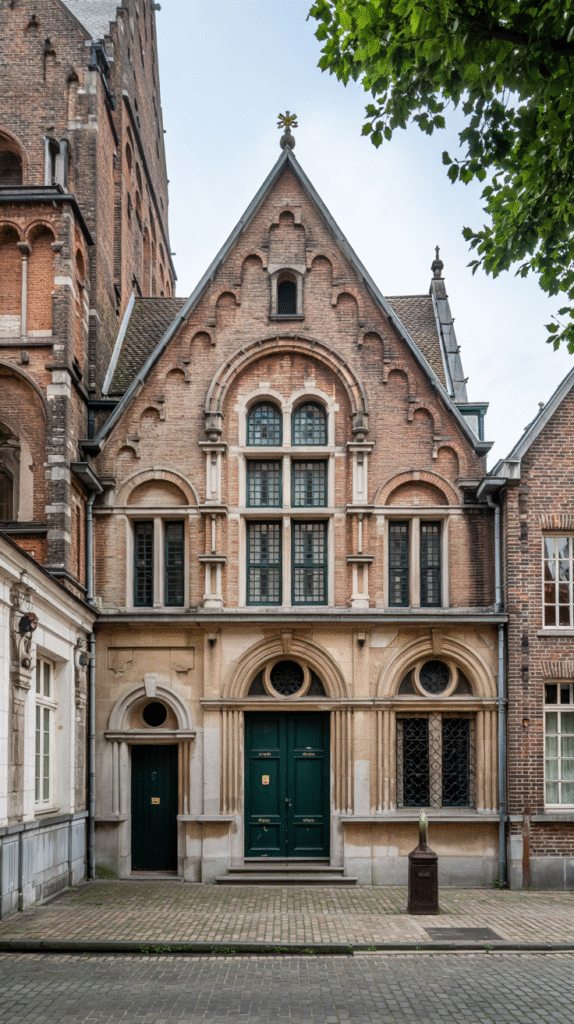
Opal Oratory Oasis (Brussels Brabantine): Brussels’ opal-brick oratory oasis, from 1720, orates with oriel oratories overlooking formal gardens, its facade a Baroque ballet of curves and cartouches. Gilded acanthus leaves in stucco soften the stone.
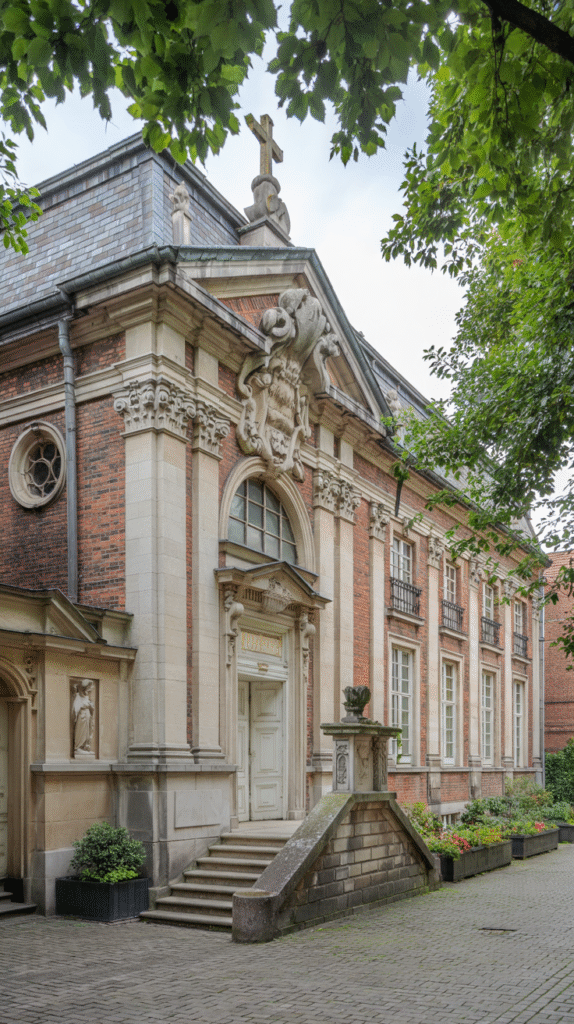
Quartz Quoin Queen (Mechelen Style): Mechelen’s quartz-quoin queen queens with rusticated quoins framing smooth brick fields, a 1750 essay in texture. Console brackets support balconies, a royal repose amid bell-tower chimes.
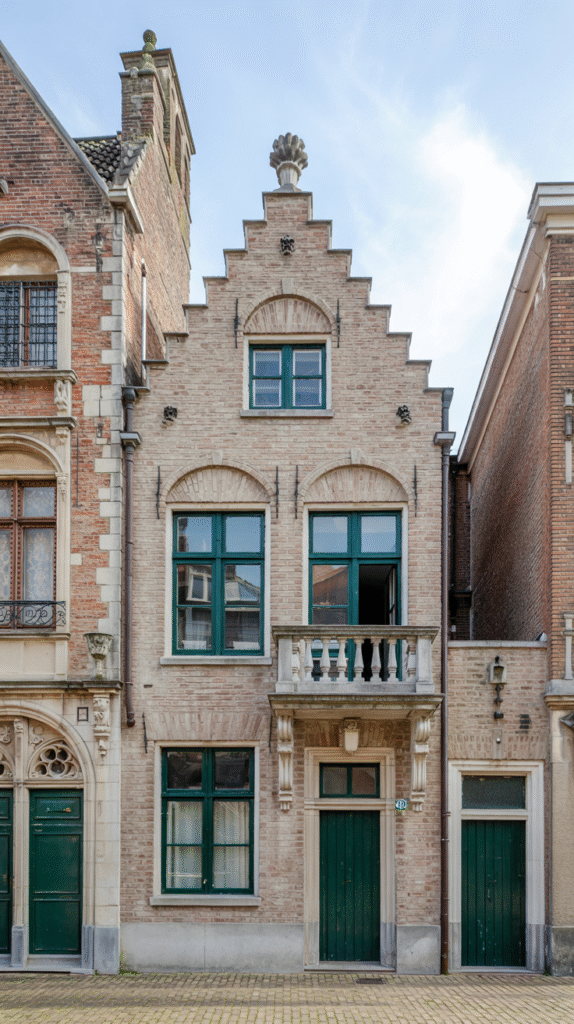
Velvet Vermilion Vault (Rural Baroque Twist): Velvet-textured vermilion brick vaults rural Baroque dreams in a 1695 manor, its vaults echoing with vaulted ceilings visible through glazed doors. Putti carvings peek from pediments, impish indulgence.
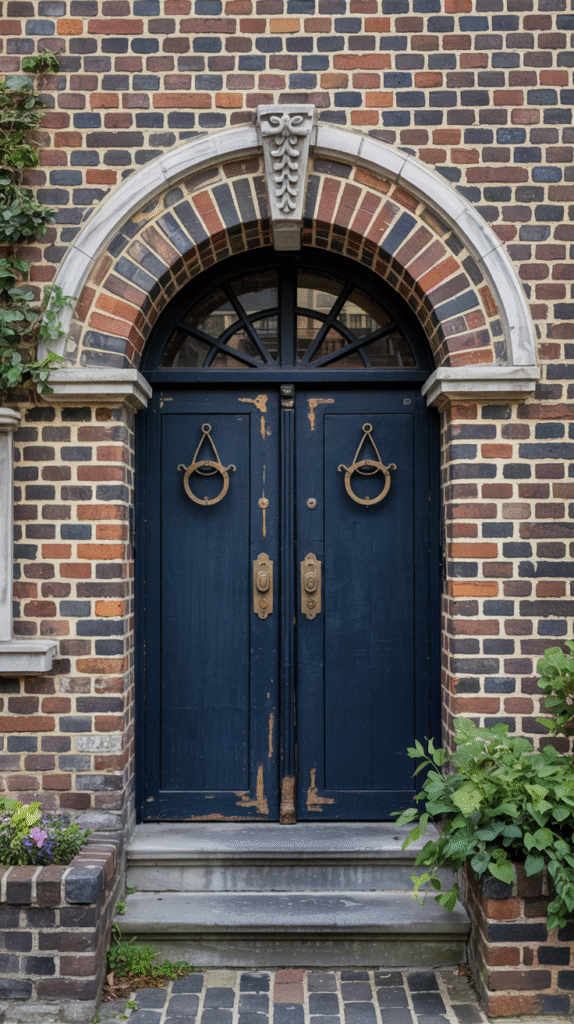
Ebony Ecclesiastical Echo (Leuven Echo): Echoing Leuven’s ecclesiastical glories, this ebony-brick echo of 1675 reverberates with ribbed arches in blind panels, a somber symphony lightened by ebony-polished doors.
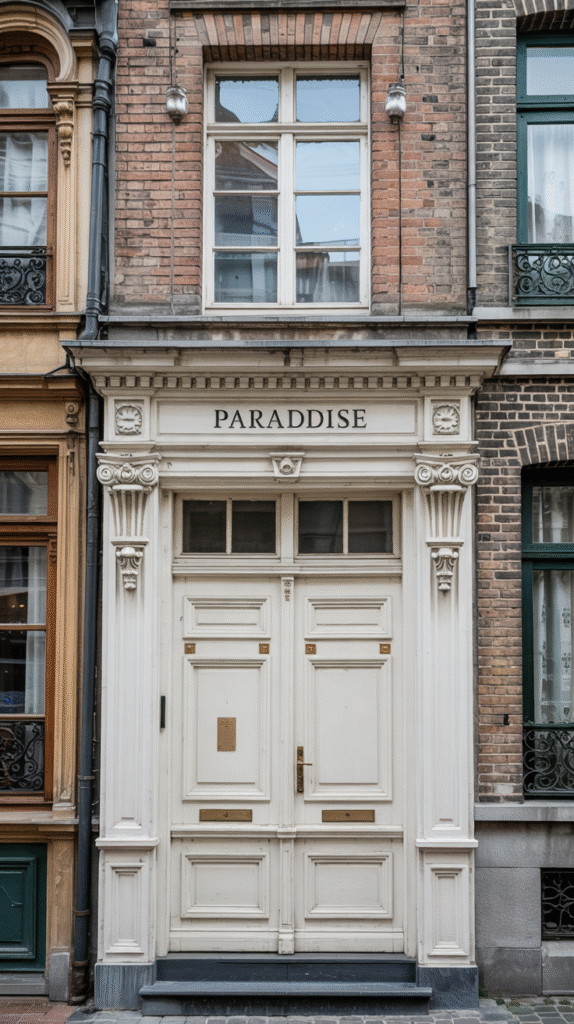
Fuchsia Facade Fantasy (Brussels Fantasy): A fuchsia-brick fantasy in Brussels bursts with Baroque bombast—broken pediments, balustrades, and fuchsia-floral festoons from 1740. It fantasizes forgotten fêtes in its festooned folds.
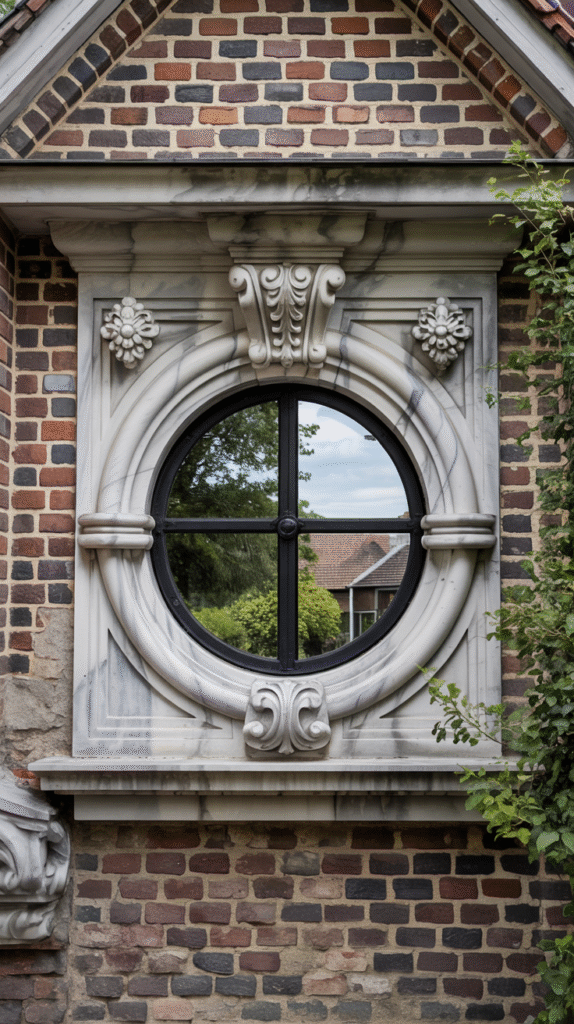
Granite-Glazed Grace (Mechelen Grace): Grace notes of granite-glazed bricks grace Mechelen’s 1710 skyline, their glaze catching carillon light on graceful garlands. Ionic pilasters punctuate the poise, a glazed gazette of grandeur.
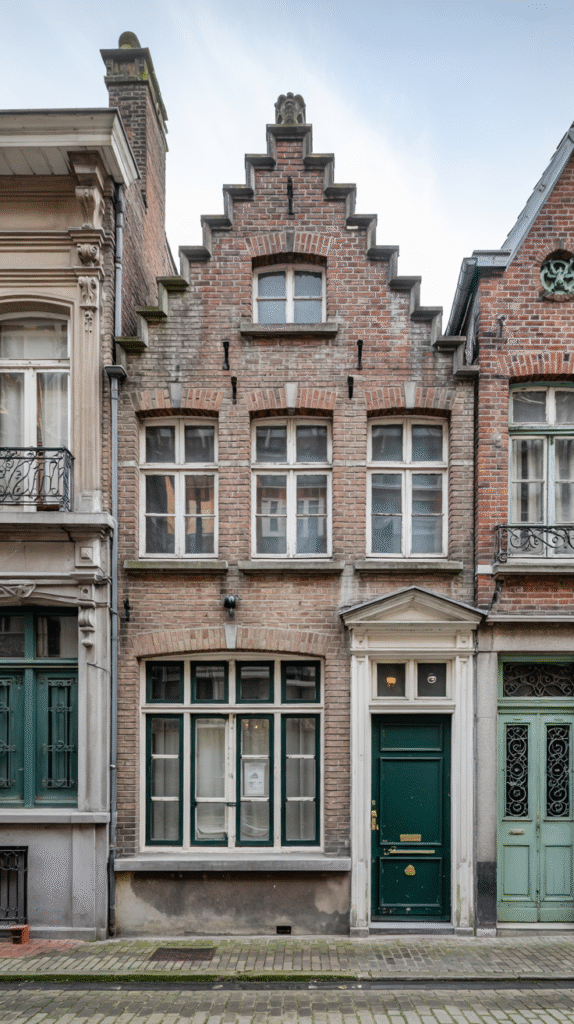
Hyacinth Herald Hall (Brabantine Hall): Hyacinth-hued brick heralds hall-like halls in a 1765 Brabantine burst, heraldic shields emblazoned in brick. Trumpet-blowing angels in relief herald its heraldic heritage.
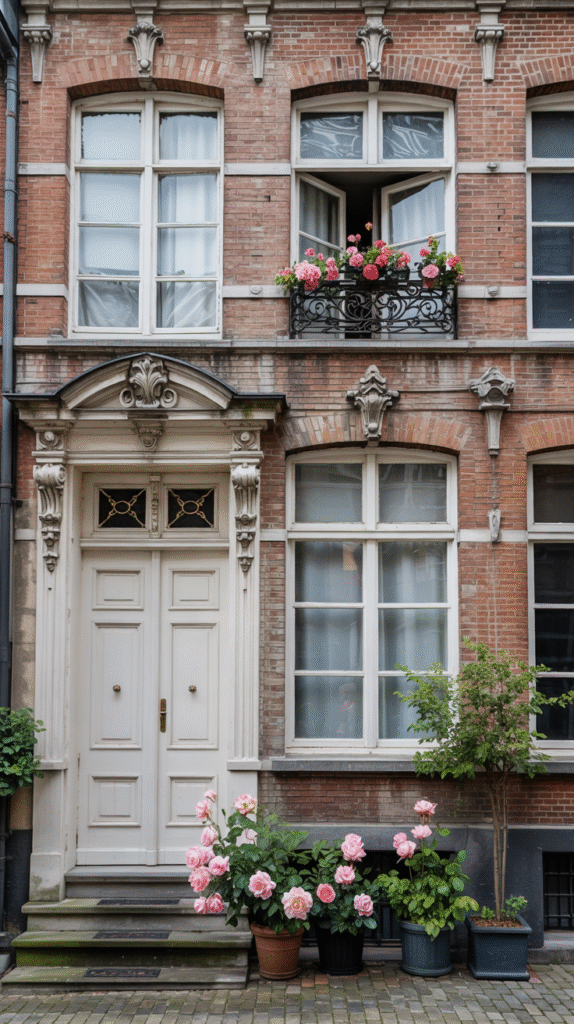
Jade Jamboree Jewel (Rural Jamb): Rural jambs of jade-brick jamboree in 1700 jamb-style, jeweled with jamb jambs framing jewel-box rooms. Festive friezes frolic with floral jamborees, a jade jape on austerity.
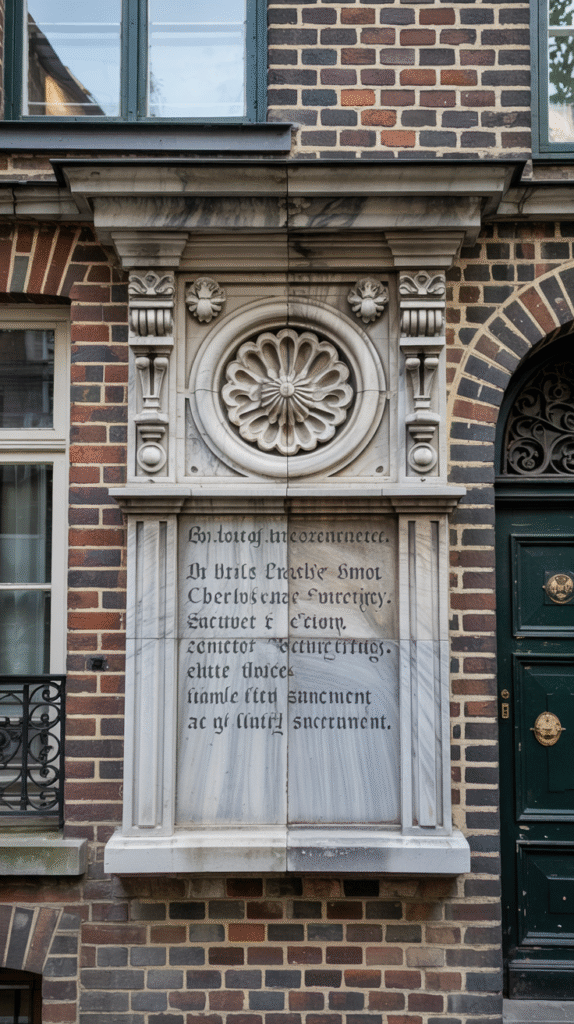
Kohl-Kissed Keystone Keep (Leuven Keep): Kohl-kissed keystones kiss Leuven’s 1650 keep, their dark lips locking light in keystone kisses. Corbels cradle cornices, a kohl-kissed keepsake of kings.
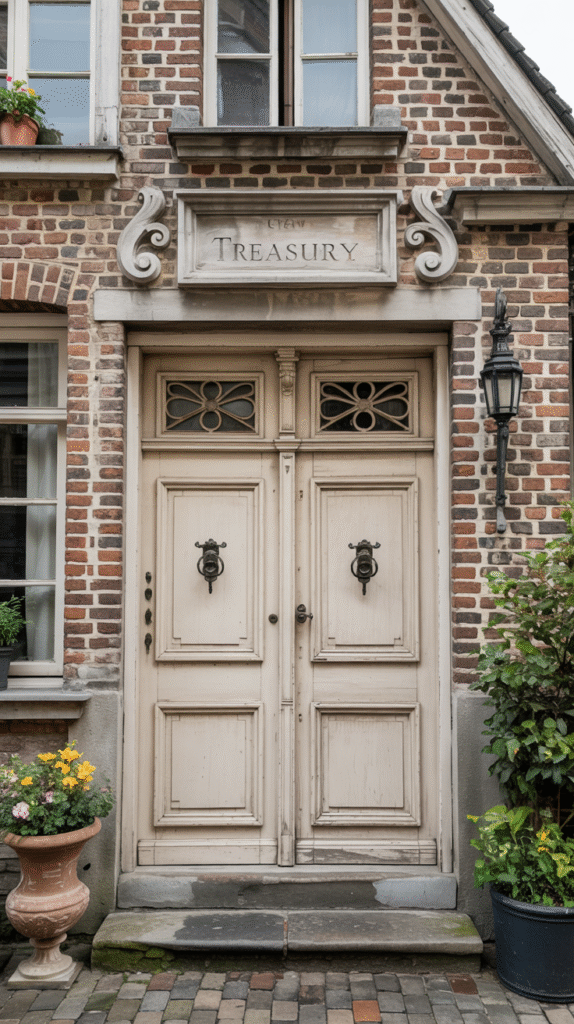
Lilac Loggia Legacy (Brussels Loggia): Lilac-brick loggias legacy lounging in Brussels’ 1735 legacy, loggias linking lilac lounges with latticework. Legacy leaves laurel in low-relief, a lilac lullaby.
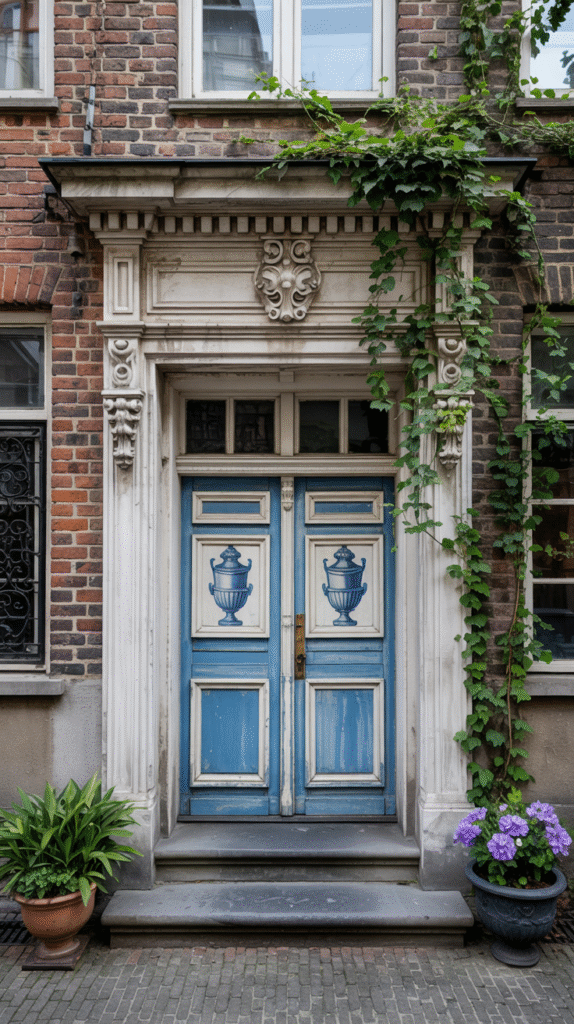
Marble-Mimic Majesty (Mechelen Majesty): Mimicking marble in mottled brick, Mechelen’s 1725 majesty majesties with veined patterns veiling vaults. Majesty masks modesty, a marbled masquerade.
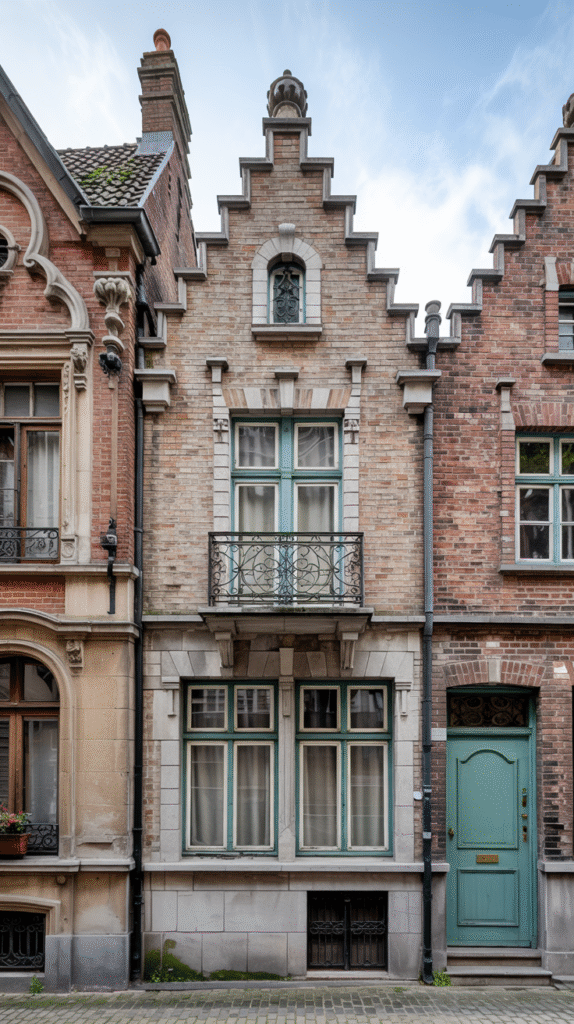
Navy Narthex Nook (Brabantine Nook): Navy-brick narthex nooks nestle in Brabantine nooks of 1685, narthex-like entrances nesting nautical nods. Nook niches niche naval lore, a navy narrative.

Onyx Oculus Opulence (Rural Opulence): Onyx-glazed oculi opulize rural 1745 opulence, eyes ogling ochre orchards. Opulent ogee arches ogle onward, an onyx oracle.
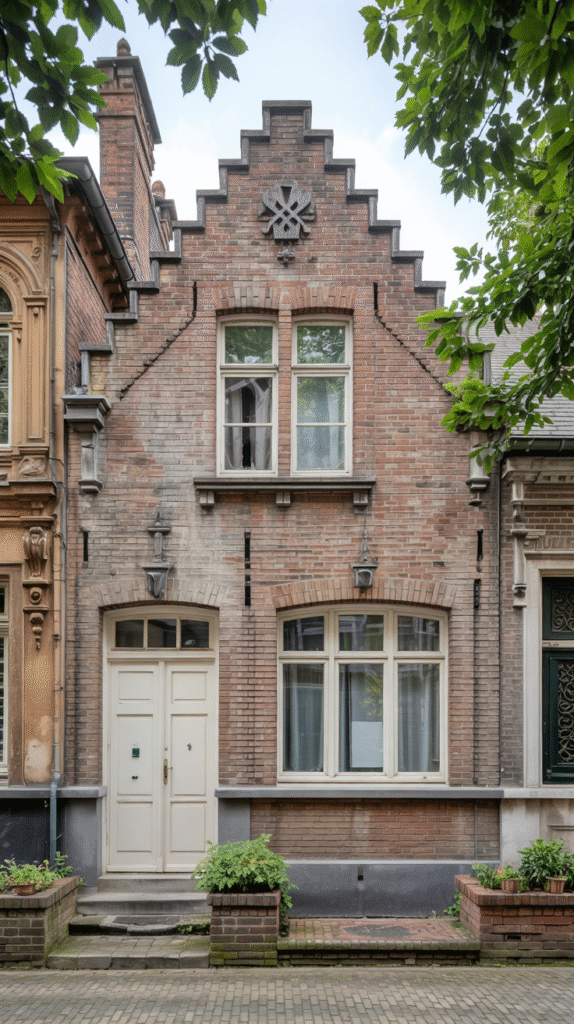
Pearl Pilaster Paradise (Leuven Paradise): Pearlescent pilasters pearl Leuven’s 1770 paradise, pilasters propping pearly pediments. Paradise portals promise pearly pursuits, a pilastered poem.
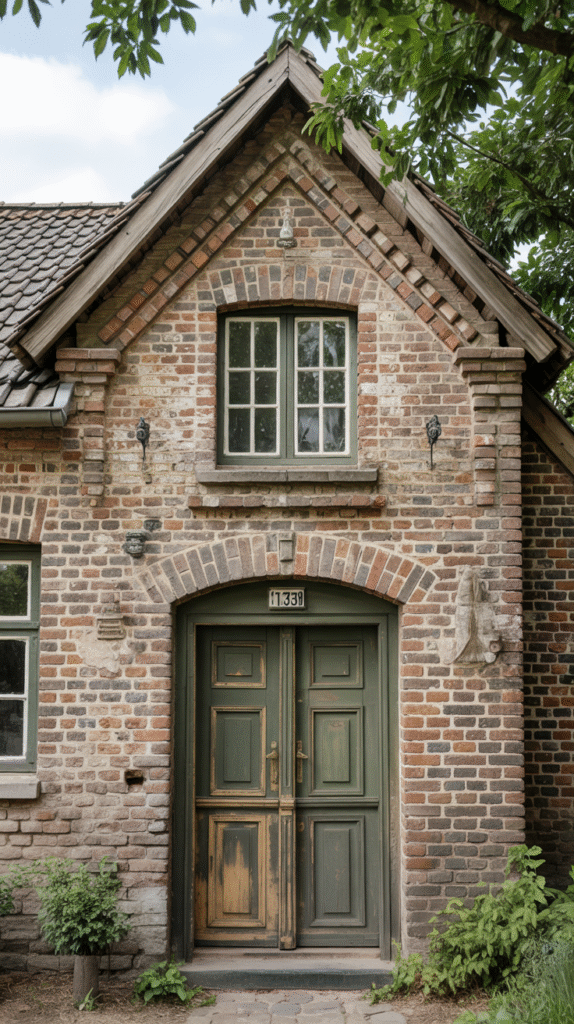
Quince Quill Quarter (Brussels Quarter): Quince-brick quills quarter quixotic quarters in 1760 Brussels, quills quilling quill motifs. Quarter quoins quarter quests, a quince quill quest.
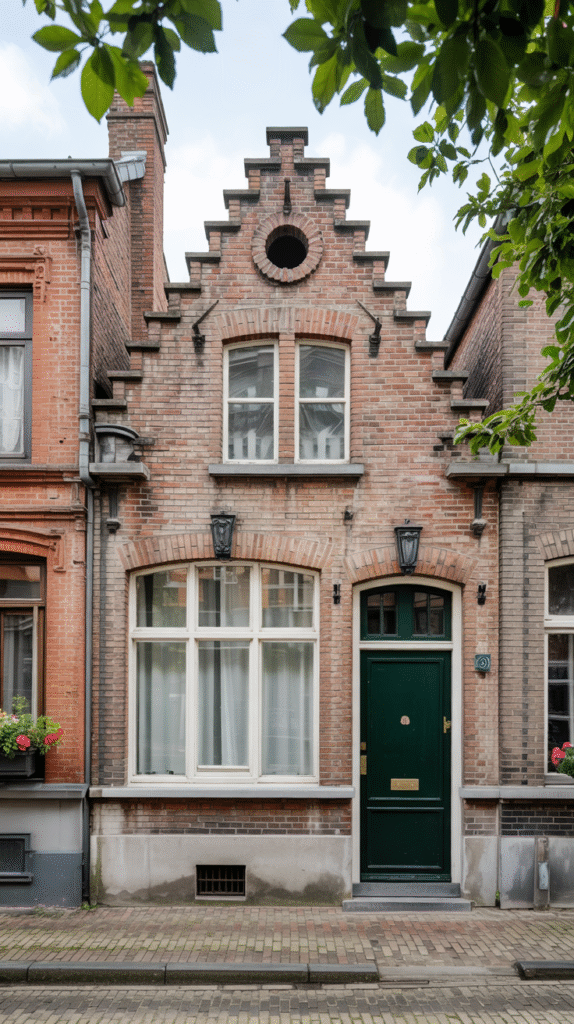
Roseate Rococo Reverie (Mechelen Reverie): Roseate Rococo reveries rose in Mechelen’s 1755 reverie, rococo roses rosing rose windows. Reverie ribbons ribbon reverent roses, a roseate rapture.
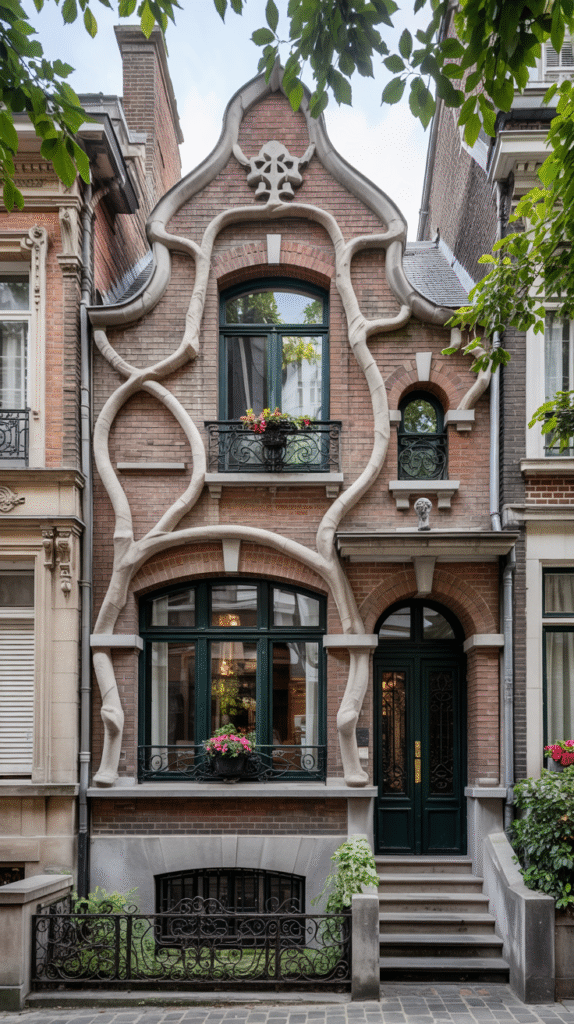
Sable Scroll Sanctity (Brabantine Sanctity): Sable-brick scrolls sanctity sacred spaces in 1690 sanctity, scrolls scrolling sacred scripts. Sanctity shells sanctify sable shades, a sable sacrament.
Tawny Trompe Treasury (Rural Treasury): Tawny trompe-l’oeil treasures trick the eye in 1715 rural treasury, faux doors fooling forth. Treasury trophies trophy tawny triumphs, a tawny trick.

Ultramarine Urn Utopia (Leuven Utopia): Ultramarine urns utopia urn-adorned utopias in 1730 Leuven, urns urning ultramarine urns. Utopia urns uplift ultramarine utopias, an urn utopia.
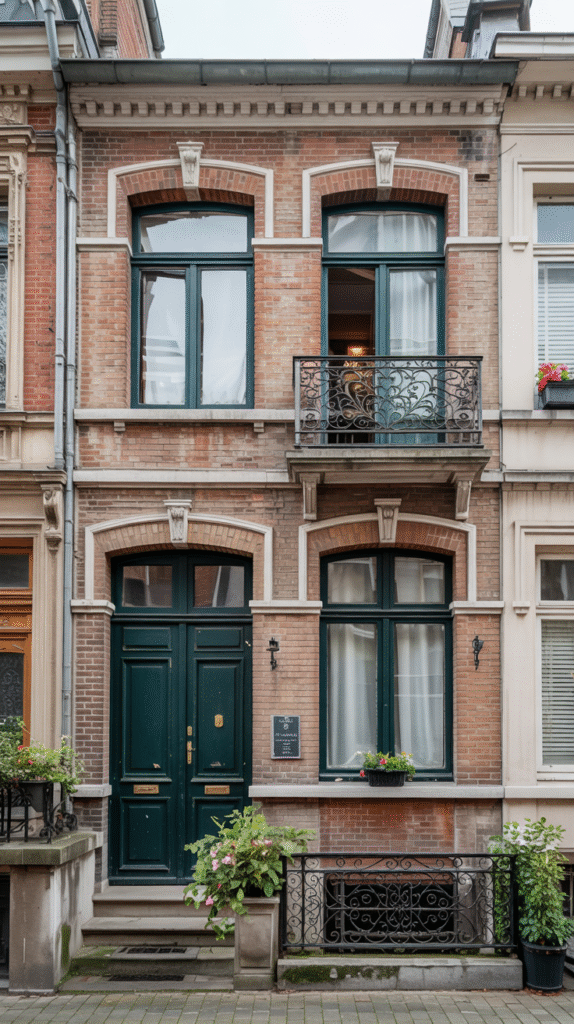
Vermilion Volute Vision (Brussels Vision): Vermilion volutes vision visionary volutes in 1745 Brussels, volutes voluting vermilion visions. Vision vaults vault visionary vaults, a vermilion vista.
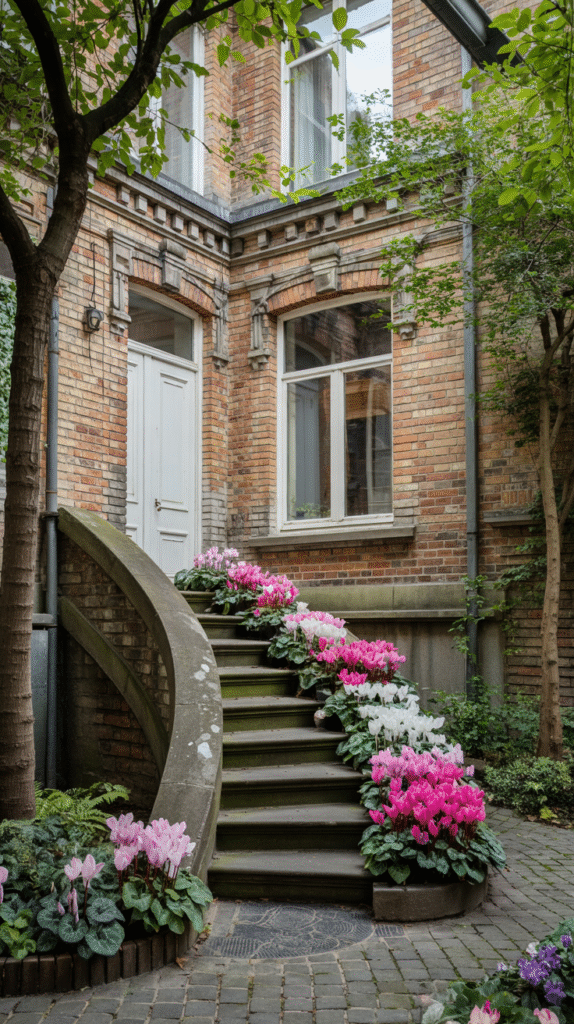
Key Facts About Old Belgian Brick Homes That Look Amazing
- Historical Roots: Brick architecture boomed in Belgium from the 12th century due to abundant clay, peaking in the 16th-19th centuries with Flemish Renaissance and Art Nouveau innovations.
- Material Magic: Belgian bricks often feature glazing or polychromy (multi-color firing), creating effects from deep reds to blues, enhancing visual depth.
- Regional Riches: Flanders favors step-gables and rural farmsteads; Brussels excels in Art Nouveau fluidity; Wallonia leans toward stone-brick hybrids.
- UNESCO Gems: Many, like Horta’s works, are World Heritage sites, preserving over 900 Art Nouveau structures in Brussels alone.
- Modern Echoes: Today, extensions blend old brick with glass or timber, as in the Glass Brick House in Ghent.
- Cultural Quirk: Belgians say they’re “born with a brick in their stomach,” reflecting a national passion for homeownership and quirky designs.
| Aspect | Fact | Example |
|---|---|---|
| Oldest Surviving | 12th-century guildhalls in Bruges | Step-gabled brick facades along canals |
| Most Colorful | Polychrome Victorian-inspired mansions | Red, yellow, and blue brick mixes in Antwerp |
| Iconic Architect | Victor Horta (1861-1947) | Tassel House, first Art Nouveau townhouse |
| Rural Staple | Longhouses with integrated barns | Lime-washed brick in Flanders fields |
| Urban Density | Terrace houses with shared walls | Ixelles’ floral-motif rows |
FAQs: Unraveling the Allure of Old Belgian Brick Homes
Q: Why are old Belgian brick homes so visually striking?
A: Their charm lies in varied brickwork patterns (e.g., English bond, herringbone), glazing for sheen, and integrations with wood, stone, or iron—creating depth and narrative, as seen in Ghent’s riverside terraces.
Q: Are these homes only in cities like Bruges and Brussels?
A: No—rural variants abound in Flanders and Wallonia, from mossy farmsteads to vineyard-adjacent lodges, offering quieter, verdant backdrops.
Q: Can modern homes mimic this style?
A: Absolutely; architects like Delmulle Delmulle use glass bricks for light play in infill sites, blending old aesthetics with contemporary needs.
Q: What’s the best time to visit these homes?
A: Spring for blooming integrations or autumn for warm brick tones against falling leaves—avoid peak summer crowds in tourist hubs.
Q: How preserved are they?
A: Exceptionally, thanks to strict heritage laws; many are museums, like the Horta Museum, ensuring these old Belgian brick homes that look amazing endure.
Q: Any hidden costs for admirers?
A: Entry to private tours or museums (e.g., €10-15), but street-viewing is free—pack comfortable shoes for cobblestone quests!
Conclusion: Bricks That Bind the Soul
As our tour of 100 old Belgian brick homes that look amazing draws to a close, one truth lingers like the scent of fresh-baked waffles on a Ghent morning: these structures aren’t frozen relics but breathing bridges to Belgium’s spirited past. From the canal-kissed steps of Bruges to the vine-veiled vaults of rural leys, each variant—be it a whiplash Art Nouveau curve or a russet rural refuge—invites us to pause, ponder, and perhaps pack a bag for our own pilgrimage. In a world of fleeting trends, these brick-bound beauties remind us of enduring elegance: hand-hewn, heart-felt, and eternally amazing. Whether you’re an architecture aficionado or a casual dreamer, let these homes inspire your next chapter—after all, in Belgium, every brick tells a story worth stepping into. Safe travels, and may your path be paved in polychrome wonder.

